-
 © Porsche
© Porsche -
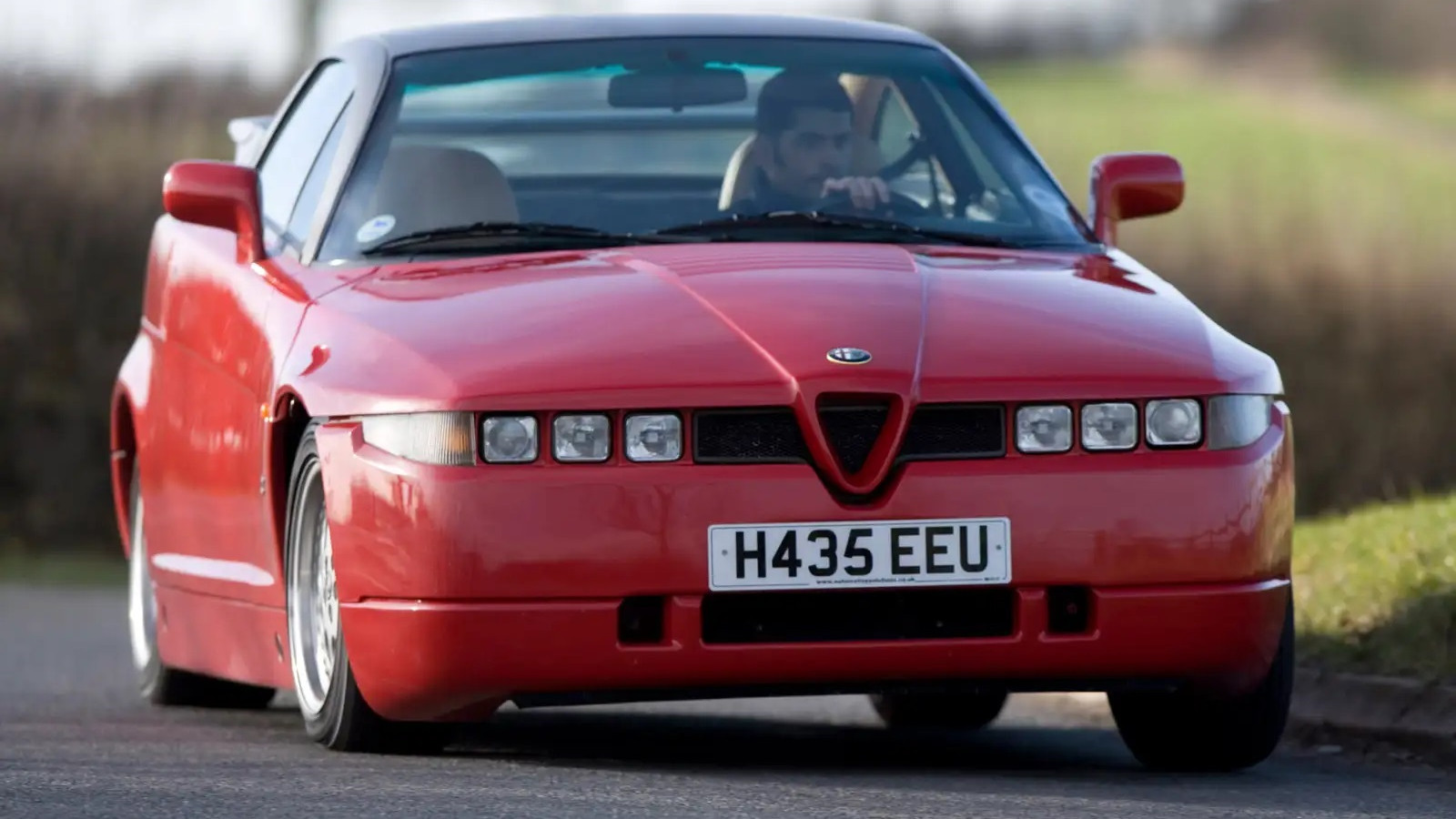 © Haymarket Automotive
© Haymarket Automotive -
 © Max Earey/Classic & Sports Car
© Max Earey/Classic & Sports Car -
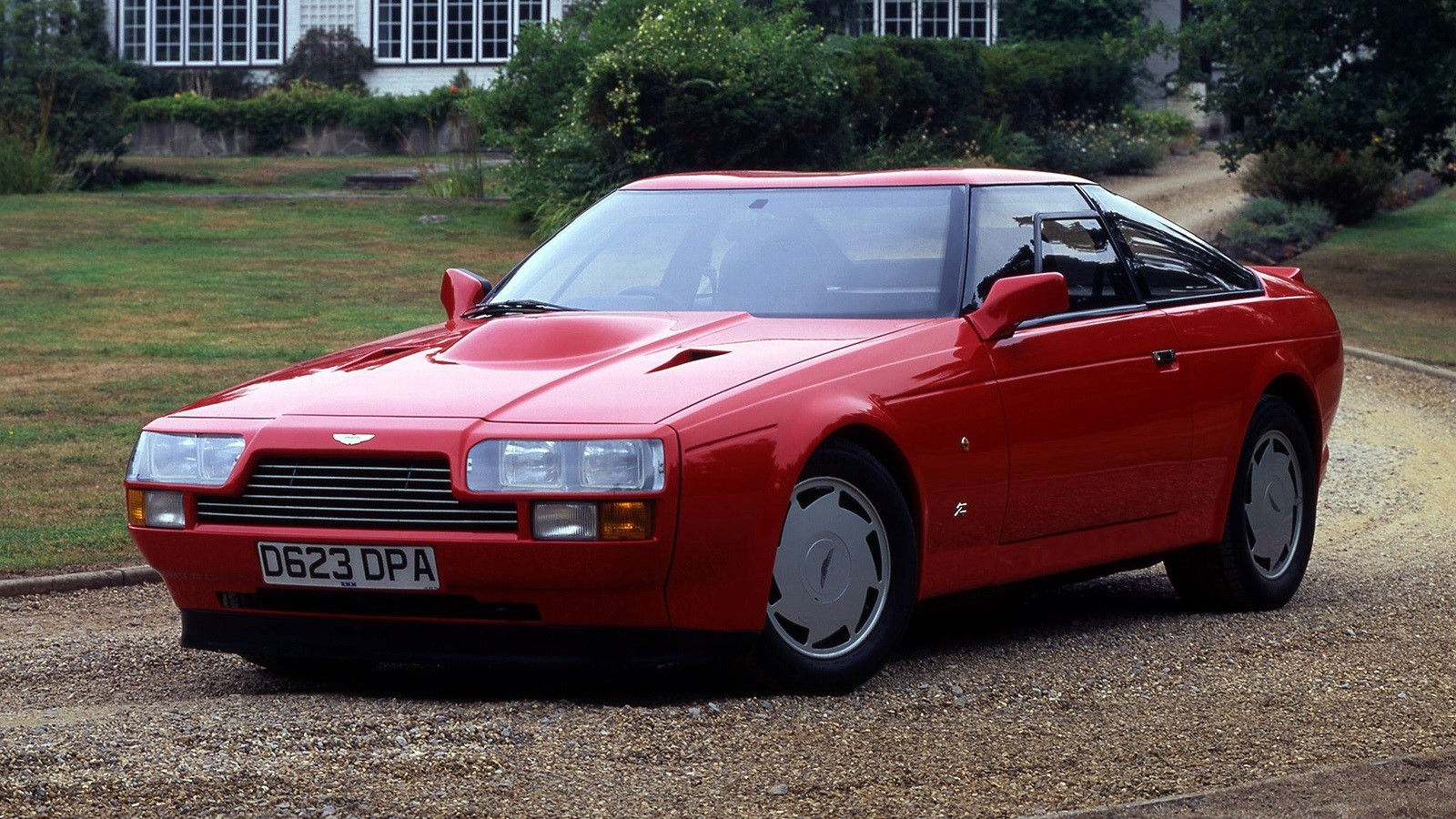 © Aston Martin
© Aston Martin -
 © Audi
© Audi -
 © John Bradshaw/Classic & Sports Car
© John Bradshaw/Classic & Sports Car -
 © BMW
© BMW -
 © H&H Classics
© H&H Classics -
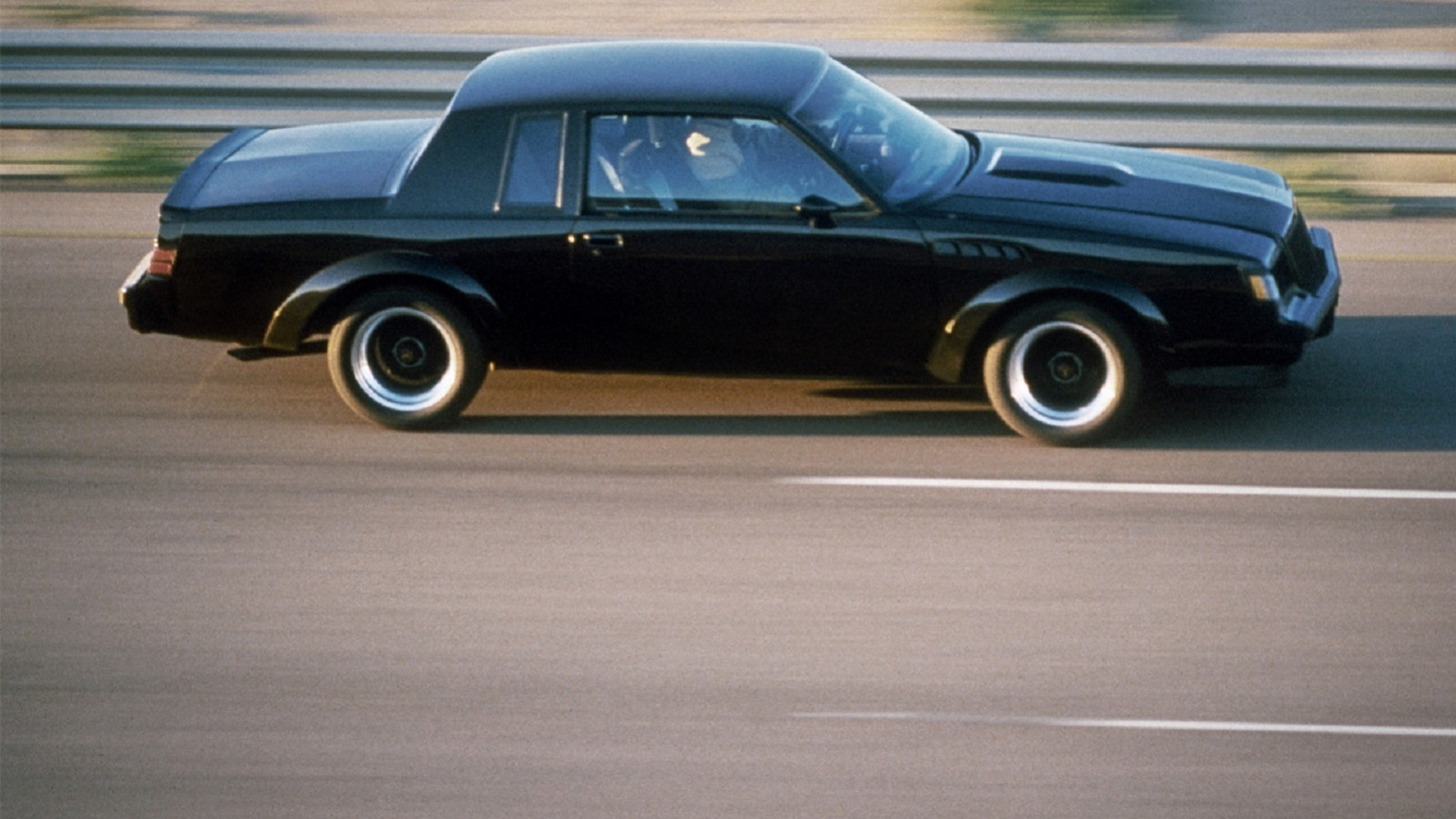 © Buick
© Buick -
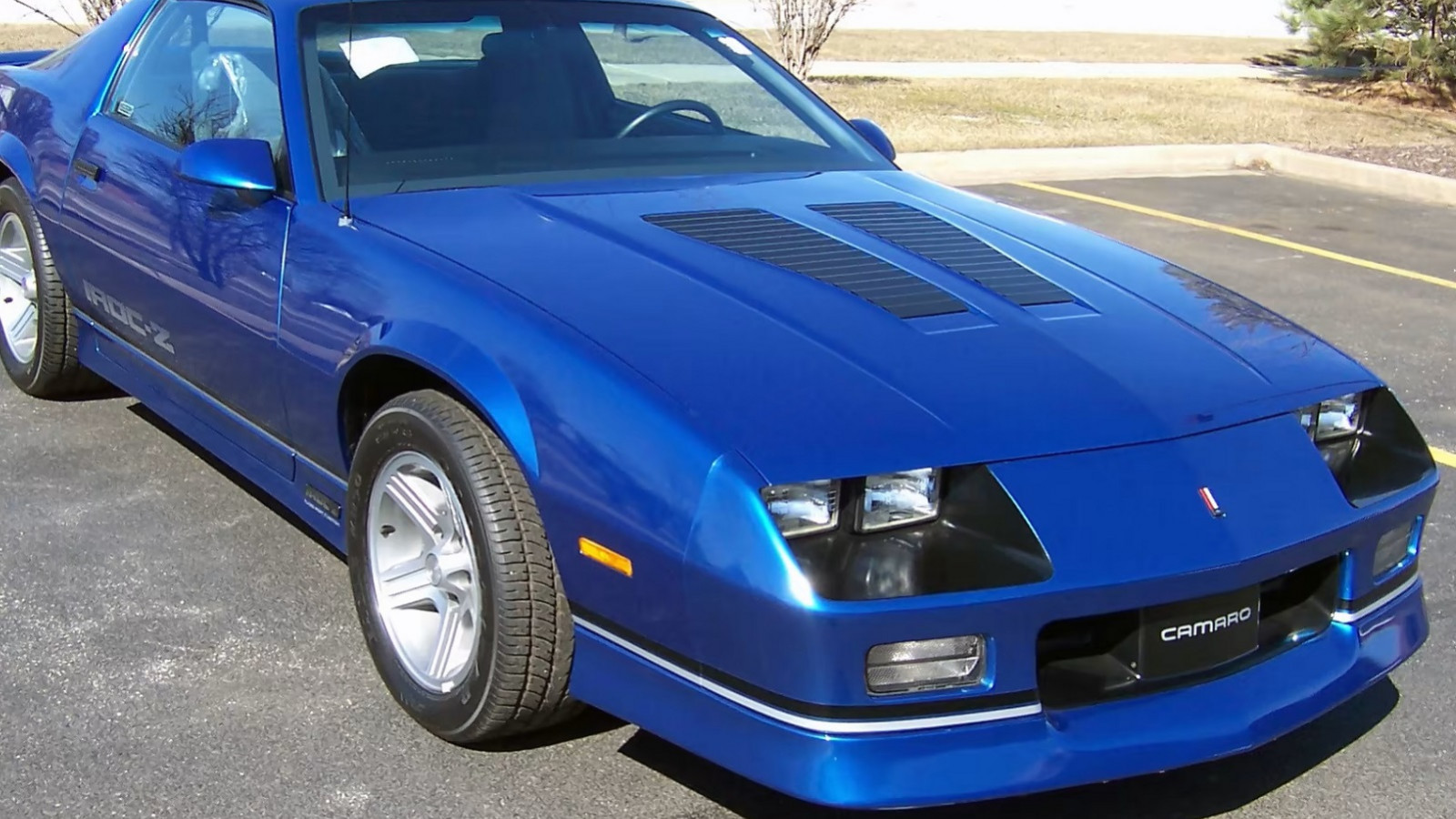 © Mecum Auctions
© Mecum Auctions -
 © Chevrolet
© Chevrolet -
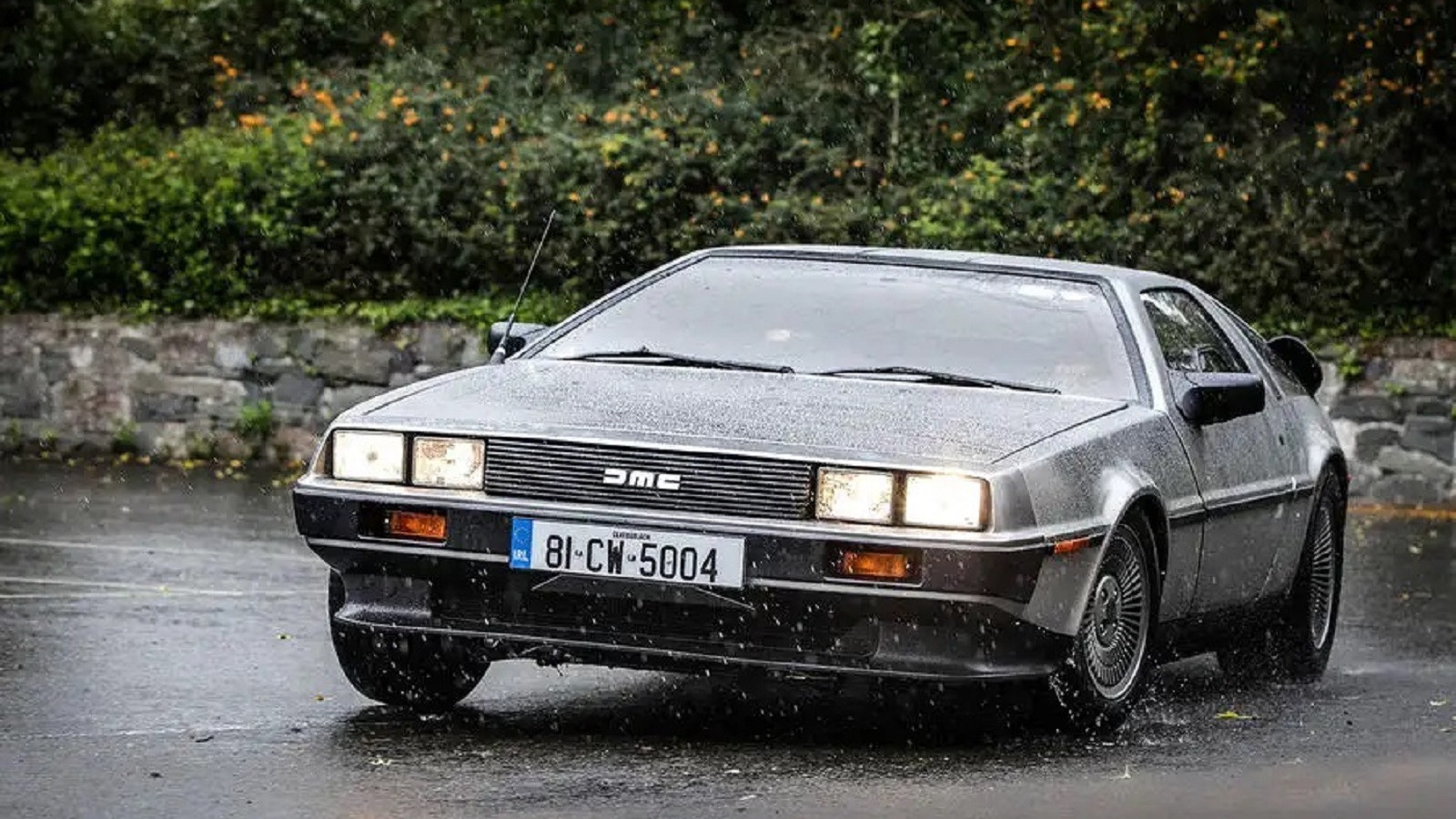 © Haymarket Automotive
© Haymarket Automotive -
 © Jayson Fong/Classic & Sports Car
© Jayson Fong/Classic & Sports Car -
 © Ford
© Ford -
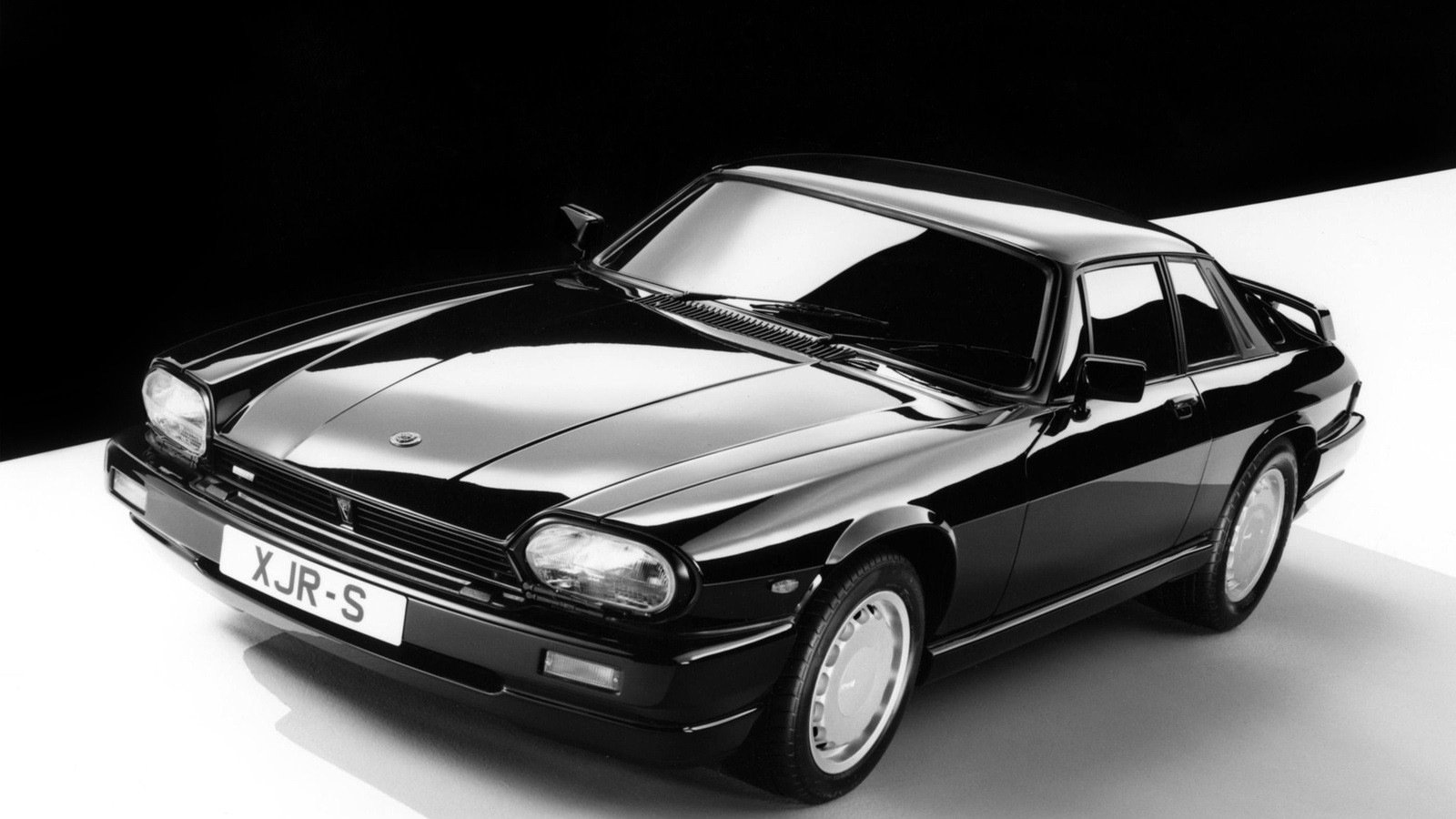 © Jaguar
© Jaguar -
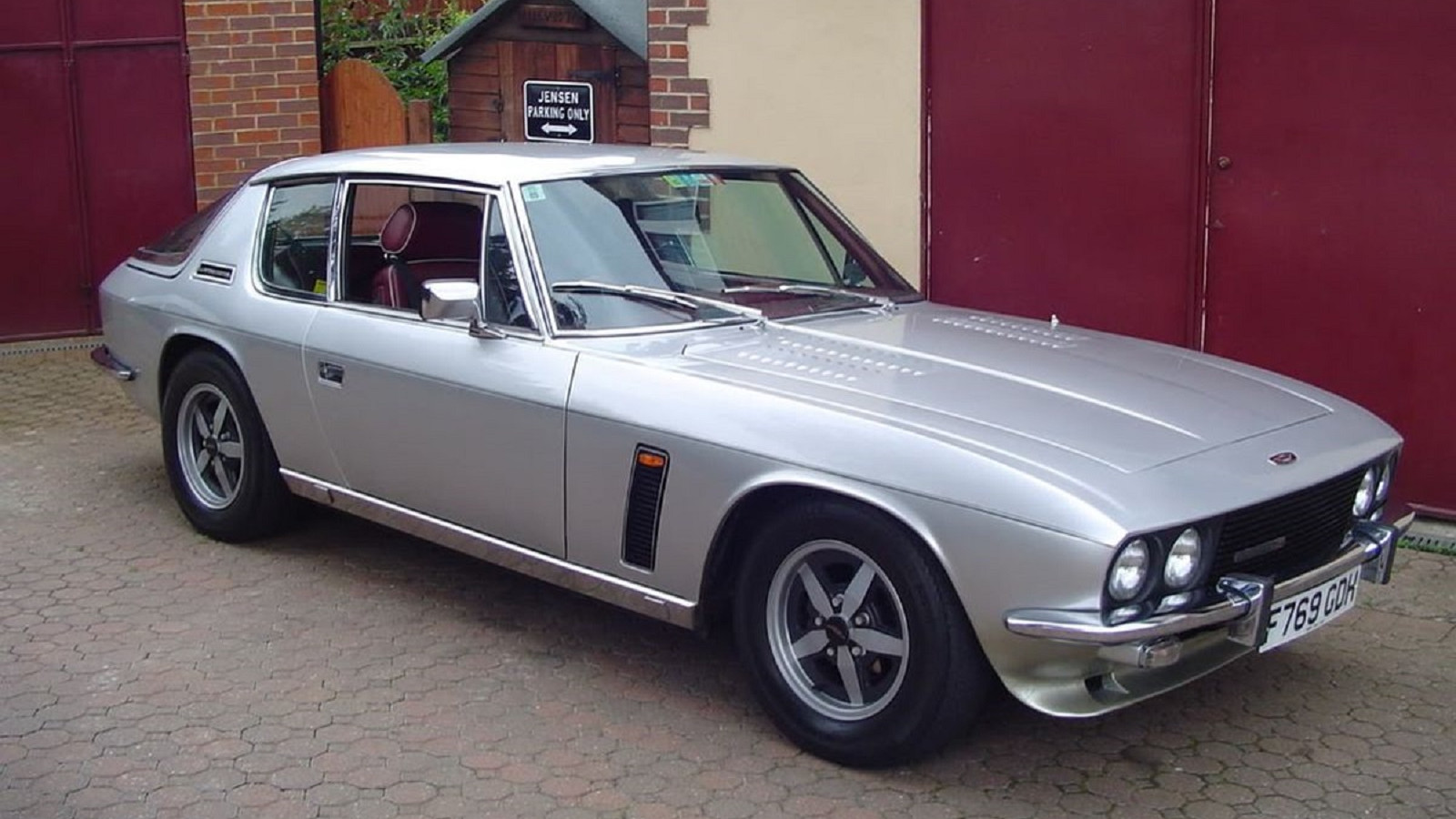 © Jensen Owners’ Club
© Jensen Owners’ Club -
 © Manor Park Classics
© Manor Park Classics -
 © Olgun Kordal/Classic & Sports Car
© Olgun Kordal/Classic & Sports Car -
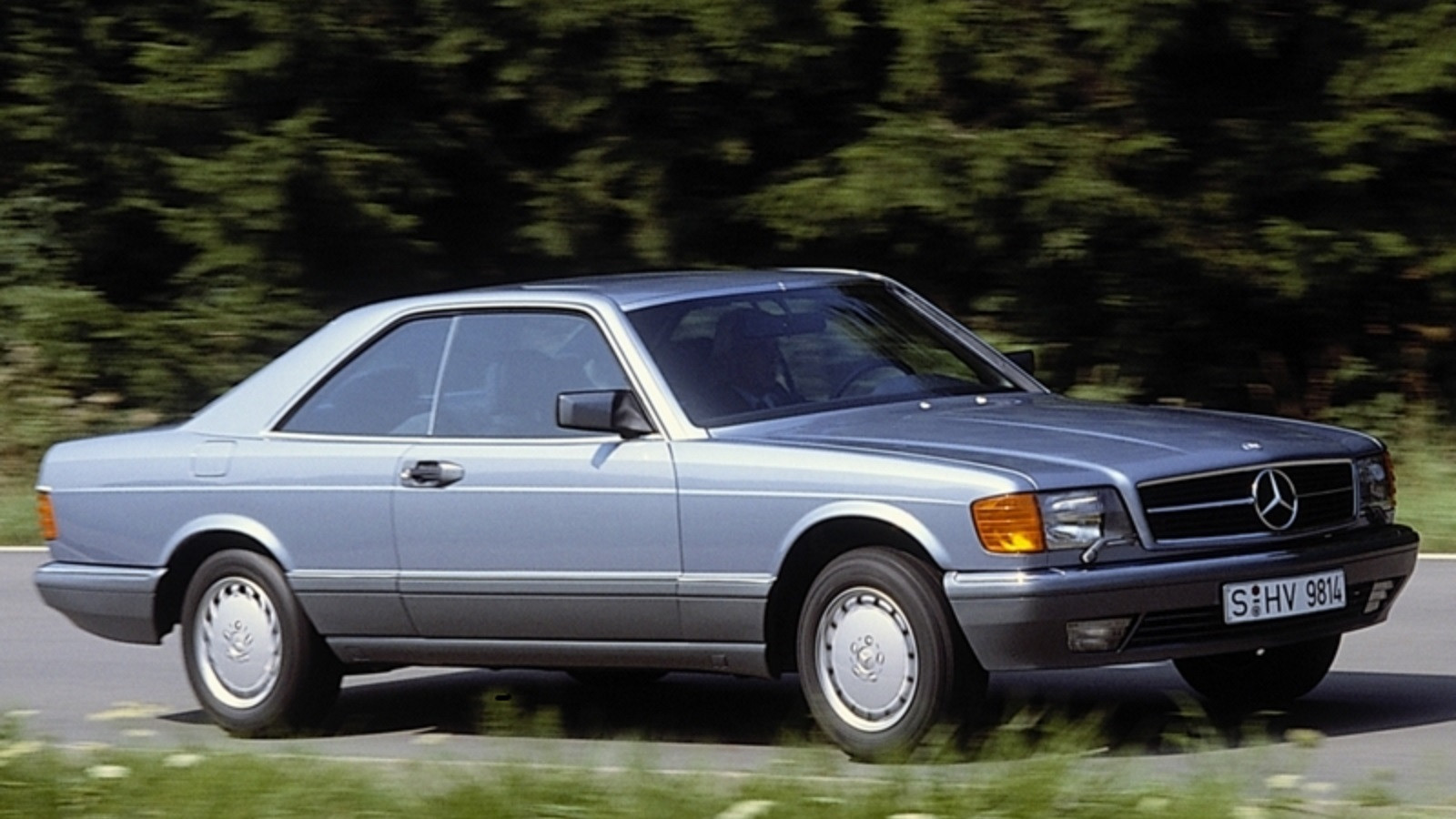 © Mercedes-Benz
© Mercedes-Benz -
 © Will Williams/Classic & Sports Car
© Will Williams/Classic & Sports Car -
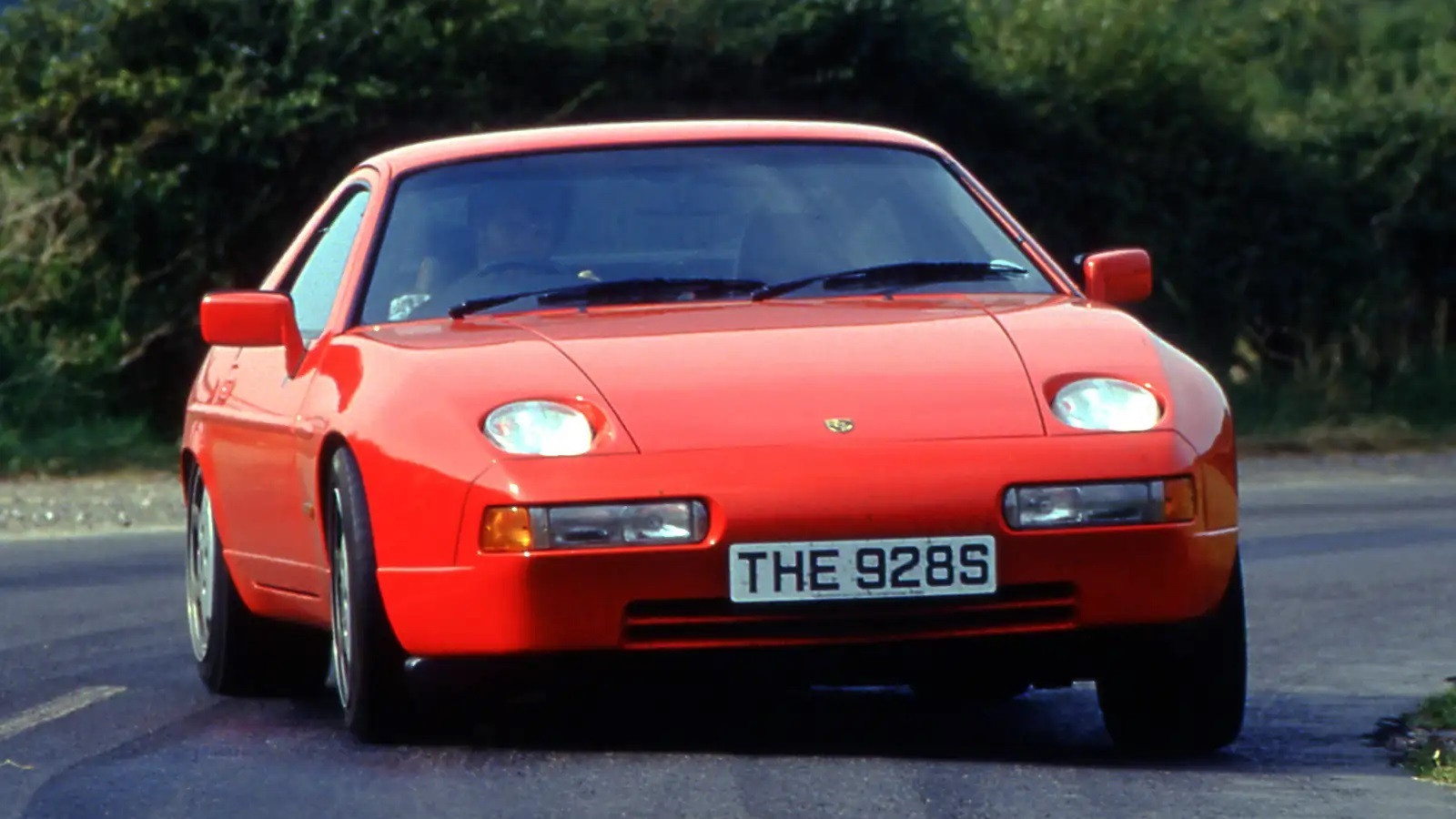 © Haymarket Automotive
© Haymarket Automotive -
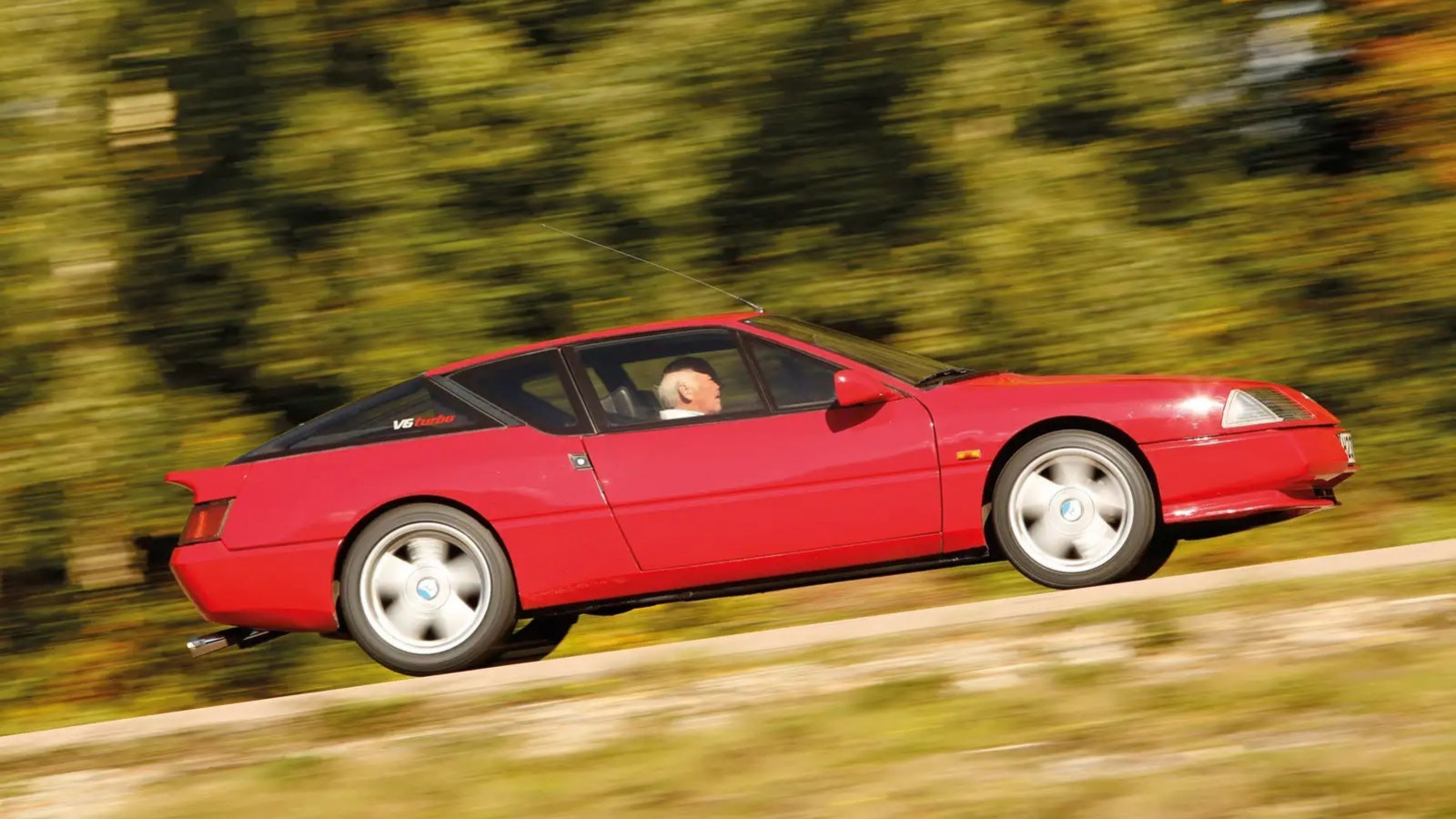 © Haymarket Automotive
© Haymarket Automotive -
 © Perentti Owners Australia
© Perentti Owners Australia -
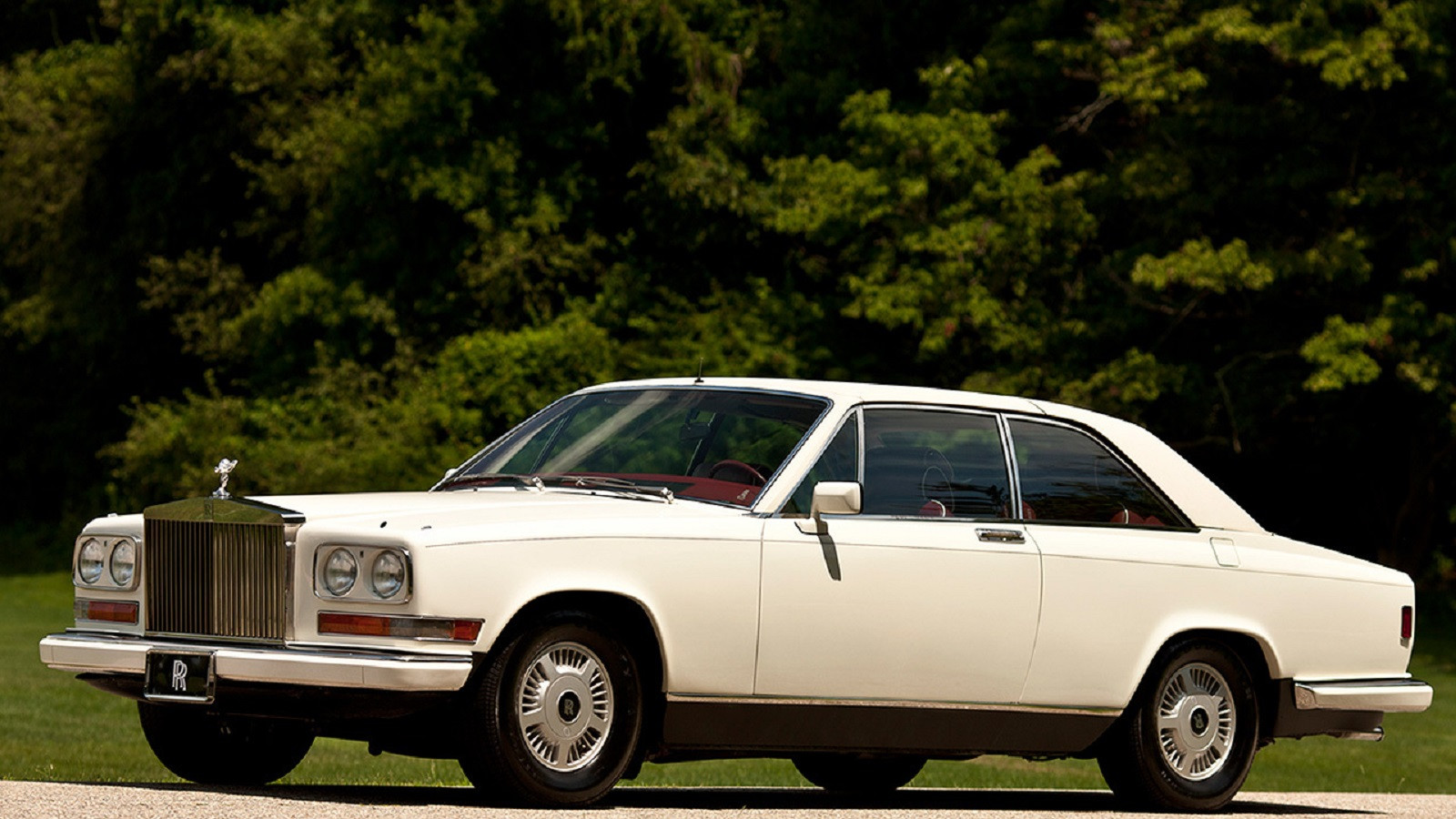 © Rolls-Royce
© Rolls-Royce -
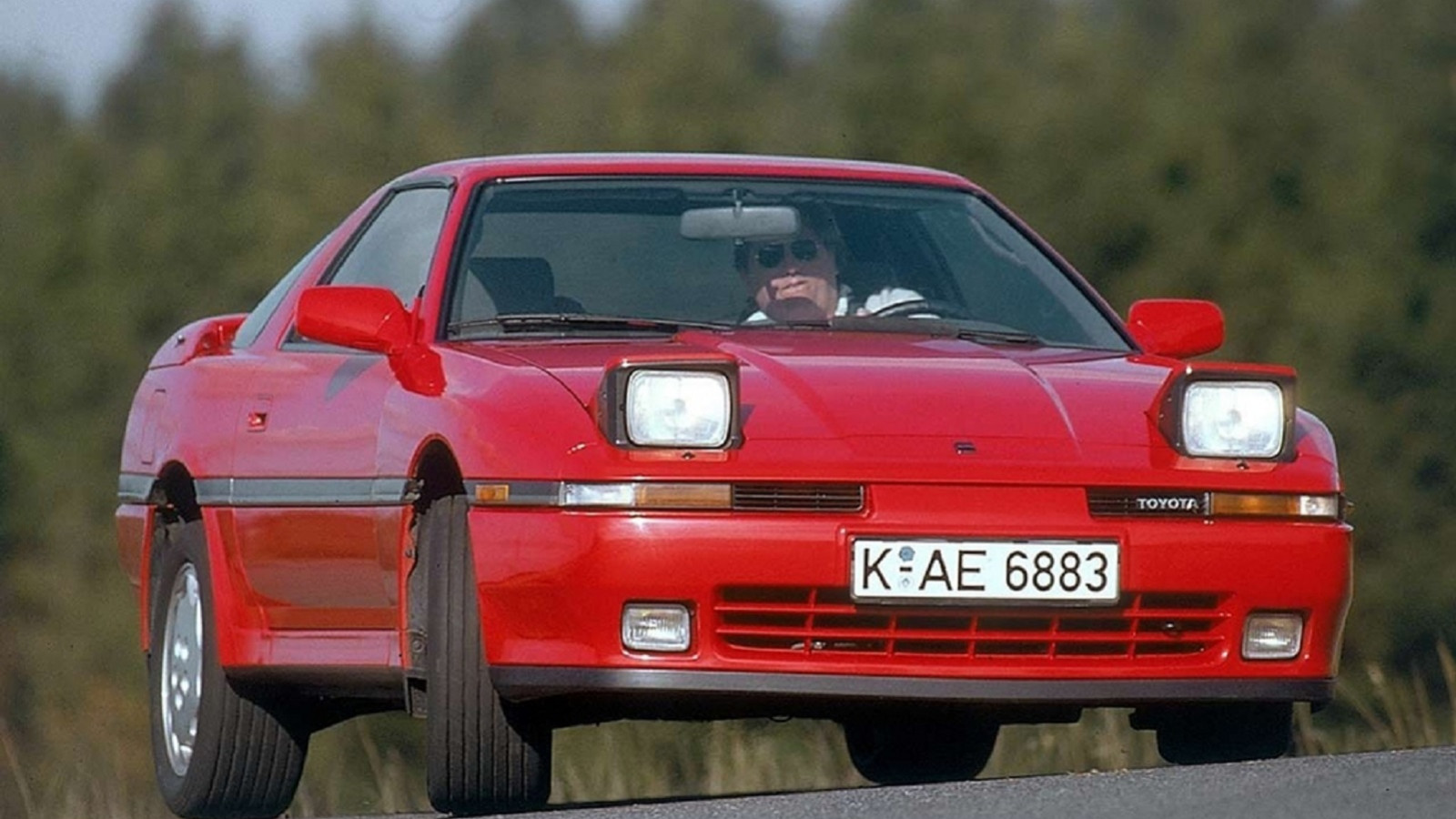 © Toyota
© Toyota -
 © TVR Car Club
© TVR Car Club
-
Fast fixed-head fun from the 1980s
The 1980s saw huge strides in technology and coupes were at the forefront of much of this development.
As a result, the decade saw a boom in the number and diversity of supercoupes, from affordable models to those with gold-dust status.
Here’s our pick of ’80s supercoupes, presented in alphabetical order. Enjoy!
-
1. Alfa Romeo SZ
Just as the 1980s were drawing to a close, Alfa Romeo unveiled one of the most outrageous cars of the decade that made it into production: the SZ.
The name stood for Sprint Zagato, which explained who was responsible for the styling and body manufacture of this sharp-angled machine.
Underneath, the SZ, and its RZ open-top sibling that followed in 1992, used a modified 75 sedan floorpan and its superb 3-liter V6 engine.
It gave the SZ a top speed of 153mph and 0-60mph in 6.9 secs, neither to be sniffed at in period.
Alfa built 1036 SZs, plus another 284 RZs, making this a surprisingly numerous car for something always intended for the discerning few.
-
2. Aston Martin V8 Vantage
Strictly speaking, the V8 Vantage is a sedan in Aston Martin parlance, but its fastback style is pure coupe.
Launched in 1977, and based on the V8 that arrived in 1972, the Vantage came into its own in the 1980s as the UK’s answer to supercars from Italy and Germany.
It was also during the 1980s that the Vantage reached its peak in terms of engine power, which spelt a top speed of 170mph and 0-60mph in 5.4 secs.
Recognizable by its blanked-off front grille and hood bulge to clear the four Weber carburetors, the Vantage remained in production until 1989, when 429 coupe and convertible models had been built.
-
3. Aston Martin Zagato
Before Aston Martin launched its sleek new Virage coupe in 1989, there were hints to its looks in the V8 Zagato of 1986.
This strictly limited-edition coupe rekindled Aston’s relationship with the Italian coachbuilder, and split opinion among marque fans with its aerodynamically honed lines that included small door windows within the larger glass pane.
Power for the Zagato came from the V8 Vantage, but less weight meant the Zagato covered 0-60mph in 5 secs and could head on to 186mph.
All 50 coupes were snapped up and Aston built a further 37 convertible versions.
-
4. Audi quattro
Arguably the most influential coupe of the decade, the 1980 Audi quattro wowed drivers on the road and revolutionized rallying.
While its coupe lines were not the most elegant next to some in this group, there was no arguing with the Audi’s four-wheel-drive system that gave it incredible all-weather poise.
There was also plenty of pace to back up the handling thanks to a turbocharged 200HP 2.1-liter five-cylinder motor.
UK buyers had to wait until 1983 for right-hand-drive versions, which helped swell final sales to 11,452, plus a further 931 of the ultimate 20-valve model that was introduced in 1989.
-
5. Bitter SC
Erich Bitter dared to take on much bigger names with the SC coupe – and he very nearly pulled it off.
The SC was launched in 1979, but it was very much a car for the 1980s with its looks and style, and almost all of the 458 SC coupes made were produced during the ’80s, up to the model’s end in 1989.
There was nothing wrong with the Opel Senator underpinnings of the SC, which gained a more powerful 3.9-liter engine to answer concerns the performance of the base 3-liter didn’t quite live up to the looks.
With sumptuous interiors and long-legged pace, the SC was an ideal coupe choice for cross-continent jaunts.
-
6. BMW 8 Series
The sleek 8 Series was the jewel in BMW’s crown as the 1980s drew to a close.
On sale in 1989, the 850i was a V12-powered supercoupe in every respect, aimed to take on anything Mercedes-Benz or Ferrari could come up with.
It used BMW’s clever new Z-axle rear suspension for excellent handling, while the V12 gave a top speed of 155mph and 0-60mph in 6 secs.
As the 8 Series entered the 1990s, BMW added the CSi with its V12 and six-speed manual gearbox, while the 840i with a 4.4-liter V8 offered a marginally more affordable route into ownership.
However, sales never quite hit the numbers BMW had hoped for and the car went off sale in 1999, after a total of 30,621 had rolled off the line.
-
7. Bristol Brigand
The Brigand was the inevitable outcome of bringing together the best bits of two of Bristol’s existing models.
With the turbocharged V8 from the Beaufighter and coupe body of the Britannia, the Brigand was a new model for the firm with little need for expensive re-tooling.
Bristol never disclosed the power output for the Chrysler-sourced turbo V8, but it was adequate enough to see the Brigand to 150mph and 0-60mph came up in 5.9 secs.
Impressive stuff for a car tipping the scales at 3850LB (1746KG), while the chassis that could trace its roots to the 1940s seemed more than able to cope with the power and speed.
-
8. Buick GNX
The Grand National had been punching above its engine size and layout for Buick since 1982, when the turbocharged V6 was first introduced in the Regal coupe body.
However, the ultimate version didn’t arrive until 1987 when Buick offered the Experimental model to create the GNX, developed in partnership with McLaren Performance Technologies.
With a Garrett turbo, the GNX’s 3.8-liter V6 was boosted to an official 280HP, but this was really 300HP.
Only 547 GNXs were made and they could out-accelerate a Ferrari F40 over a quarter-mile drag race thanks to a time of 12.7 secs at 113.1mph for the Buick.
The GNX was also quick from 0-60mph with a 4.6-sec time, yet its top speed was deliberately limited to 124mph because the company struggled to find a suitably rated tire in the correct size for the car when new.
-
9. Chevrolet Camaro IROC-Z
Things did not look promising for the third-generation Chevrolet Camaro when it was launched in 1982, with even the high-performance Z28 mustering a paltry 147HP from its 5-liter V8.
However, matters improved through the decade and peaked with the 1989 IROC-Z fitted with the now-fabled 1LE code.
Only 111 Camaros were built to 1LE spec in 1989, which deleted the air conditioning to save weight and reduce drag on the engine, which was a more powerful 5.7-liter V8.
Few buyers knew about the 1LE code, which also came with uprated brakes, aluminum driveshafts, improved suspension and a baffled fuel tank for track use.
-
10. Chevrolet Corvette ZR-1
Our second Chevy is this ’Vette.
A V8 engine in a Chevrolet Corvette was nothing new, but a 32-valve motor made of aluminum was revolutionary for the firm when the ZR-1 was revealed in 1989. Then again, Lotus had developed the engine, so revolution was to be expected.
Corvette’s goal to create a halo car was more than achieved when the ZR-1 was clocked at a maximum speed of 179mph, with 0-60mph taking just 4.9 secs.
Despite this, the ZR-1 was not a huge seller and found only 6939 buyers between launch in 1989 and the end of production in 1995. However, this didn’t stop the ZR-1 from achieving seven international and world speed records.
-
11. De Lorean DMC-12
The De Lorean DMC-12 never delivered the performance or sales that it promised, yet it easily qualifies as a supercoupe of the 1980s on looks, never mind the tangled tale of its inception and fate.
From the gullwing doors to the stainless-steel cladding for the body, this was a mid-engined coupe designed to drop jaws – and it did.
The styling was by Giugiaro and there was engineering input from Lotus, so the DMC-12 had huge promise.
In its short-lived production life, the DMC-12 sold fewer than 9000 cars and grabbed headlines good and bad, before becoming an icon of the ’80s thanks to the 1985 movie Back to the Future.
-
12. Ferrari 412
The Ferrari 412 was the ultimate development of the Italian company’s front-engined V12 luxury coupe, which had first launched way back in 1972 as the 365GT4 2+2.
By the time the 412 was introduced in 1986, the 4.9-liter V12 engine sported fuel injection and 340HP. There were also anti-lock brakes for the 412.
Recognizing that owners used these big coupes regularly, Ferrari raised the rear trunk line to create more luggage space.
There was also a shift from the chrome over earlier models to black for the window trims, giving a more modern appearance, which helped sell 576 412s by the time production halted in 1989.
-
13. Ford Sierra Cosworth RS 500
The 1986 Sierra RS Cosworth stands as one of the great blue-collar supercoupes of the 1980s, but Ford wasn’t done with the idea.
In 1987, it launched the limited-edition RS 500, with the number denoting how many it would build of this homologation special.
At first glance, the RS 500 didn’t seem to offer that much more, in terms of power.
However, there were bigger spoilers for more downforce, bigger brake-cooling ducts, and power steering and ABS brakes were left on the options list.
Brilliantly fast and fun, the RS 500 could run rings round many more exotic rivals on the road and track.
-
14. Jaguar XJR-S
By the late 1980s, the Jaguar XJ-S had matured into a discreetly chic coupe, but Jaguar had plans to make it a sportier offering.
First came the XJR-S in 1988 that had the standard 5.3-liter V12, but with a bodykit finished in the same color as the rest of the exterior and Speedline alloy wheels.
Matters became more interesting in 1989 when the 6-liter V12 was added to the XJR-S, which gave a top speed of 160mph to keep the Jaguar in the hunt alongside the BMW 8 Series and Porsche 928.
-
15. Jensen Interceptor
Even by the standards of 1980s excess, relaunching the Jensen Interceptor was a bold move.
This didn’t deter Ian Orford, though, who had bought the company in 1982 and updated the Interceptor with new doorhandles, a new front valance and electrically adjusted front seats. There was even a digital clock in the wood-veneer dash.
Power came from the latest 5.9-liter Chrysler V8 engine, which meant plenty of power for a 135mph top speed and 0-60mph in 7.5 secs.
However, it also meant horrendous gas mileage on top of the huge £52,000 price-tag in 1988, which would have bought you a new Ferrari 328 and left plenty of change.
Production carried on until 1992, when around 36 cars are thought to have been made.
-
16. Marcos Mantula
Marcos had never seen the need to change its coupe’s appearance since its launch in 1964.
For 1984, it stuck with the same styling, but under the hood something new lurked in the shape of a Rover V8 engine from the SD1 Vitesse which, in the lightweight Mantula, was good for 150mph and 0-60mph in 5.4 secs.
Later Mantulas gained a 3.9-liter version of the Rover engine, though power fell back slightly.
Regardless of this, the Mantula was a very quick car with handling to match, though an integrated lower spoiler was necessary to prevent front-end lift at higher speeds and became a quick way to spot a Mantula from earlier Marcos cars.
-
17. Maserati Shamal
After the elegance of the Bora, Khamsin and Merak that all lasted into the 1980s, Maserati’s Biturbo was something of a shock.
By the time the Shamal appeared in 1989, the styling had been softened with more rounded edges courtesy of Marcello Gandini.
There were changes to the engine, too, as the Shamal packed a 3.2-liter V8 in place of the Biturbo’s V6 motor.
This gave the Shamal 326HP for 0-60mph in 5.1 secs and a 169mph top speed. It also had the handling to match this sort of speed, but only 369 Shamals found homes in its six-year lifespan.
-
18. Mercedes-Benz 560SEC
Any version of Mercedes’ 126-series SEC is a svelte way to travel, but the 560 introduced in 1986 was very much intended as the best fastback money could buy.
You’d need quite a chunk of money, too, thanks to a new price of more than $76,000 which was around double that of the entry-level 380SEC.
That huge price got you a wondrously smooth 5.5-liter V8 engine with up to 300HP. It could cruise effortlessly on the autobahn and top out at 156mph.
Its sub-7-sec 0-60mph time meant it kept pace with most sports cars, yet the SEC also offered cabin room for four in complete comfort to live up to its intention to be the best coupe money could buy.
-
19. Nissan Skyline GT-R
The R32 generation of Nissan Skyline perfectly bookended the 1980s with the Audi quattro that started it.
It showed how four-wheel drive and turbocharging had come on in huge leaps to deliver incredible pace, not just on rally stages but on the road and race track, where the R32 proved dominant in many series.
The styling of the R32 was more functional than funky, but anyone who underestimated this 2.6-liter turbo machine was in for a shock. Nissan stated power at 280HP, but it’s widely reckoned this was really around 300HP – or more.
Either way, the R32 could reach 156mph and knock off 0-60mph in 5.6 secs, all while delivering sensational cornering grip and poise.
-
20. Porsche 928 S4
Any Porsche 928 can be regarded as a supercoupe and the S4 of 1986 fits the bill perfectly.
With a new 5-liter version of the Porsche V8, it also has four valves per cylinder, which gave 168mph flat out and 0-60mph in 5.6 secs.
A GT version upped the power, and added a five-speed manual gearbox, firmer suspension and limited-slip differential.
Spectacular when launched in 1977, the 928 developed into an almost peerless machine in the 1980s thanks to its blend of performance, comfort, handling and long-distance cruising ability.
At its zenith in the ’80s, the 928 remained in production until 1995 and more than 60,000 left the factory.
-
21. Renault GTA Turbo
With Alpine now owned by Renault, the GTA gave its parent company a sleek coupe to challenge the likes of Porsche and Lotus.
There was the standard GTS with its 2.8-liter V6, but the real interest was in the Turbo that used a 2.5-liter forced-induction V6.
While the Turbo was only 10mph quicker flat out than the GTA, with 149mph versus 139mph, the big difference was in acceleration.
The Turbo needed only 6.3 secs to get from 0-60mph while the GTS required 7.5 secs, and the Turbo always felt more dramatic with its lag and then a whoosh of power.
It was exciting to drive yet also offered four-seat practicality to be an interesting take on the 1980s coupe theme.
-
22. Revolution Perentti Sports
While Holden and Ford in Australia were busy battling in showrooms and on track with four-door sedans, Melbourne-based outfit Revolution came up with a sleek coupe for Aussie enthusiasts.
Offered either fully built or as a kit, the Perentti Sports used Holden suspension and chassis, as well as straight-six and V8 engines from this maker.
Thanks to being much lighter than the Holden base car, the Perentti Sports was quick and V8 versions were as fast as most contemporary rivals from mainstream sports coupe makers. Around 25 Perentti Sports were produced.
-
23. Rolls-Royce Camargue
The Rolls-Royce Camargue might have appeared as very much a 1970s car in the ’80s at the arrival of the new decade, but the company kept up with revisions.
For the 1980s, the Camargue’s 6.75-liter V8 gained fuel injection and it used the same independent rear suspension as the all-new Silver Spirit for improved ride comfort.
Camargues built in the 1980s also came without the molding under the side windows and had headlight wipers.
The final 12 Camargues made in 1986 were all finished in white and sold in the US, with extras such as a vanity kit in the rear center armrest.
-
24. Toyota Supra Turbo
Toyota’s third-generation Supra took the firm into more elevated company with this car’s looks and technical sophistication.
It took another jump when the Turbo version joined the range in 1987 with a 234HP 3-liter straight-six engine to give 0-60mph in 6.1 secs and 142mph.
The Supra found itself being considered alongside BMWs, Corvettes and Porsches, and it had the talent to live with them.
The handling wasn’t quite as sharp as these rivals because of the Toyota’s weight, but it gave the company the image boost it wanted and it shifted more than 400,000 of this Supra generation.
-
25. TVR 350i/390i
TVR’s 350i coupe, and the even punchier 390i, made no pretence of offering 2+2 seating like the Tasmin had.
These V8-powered wedges were strict two-seaters and offered all of the same drama and performance of their open-top siblings, but with a modicum of year-round usability.
In 350i form, the TVR was good for 0-60mph in 6.5 secs and 135mph, while the 390i hit 144mph flat out and did 0-60mph in 5.6 secs.
However, buyers wanted fresh-air thrills and TVR sold fewer than 40 of the coupe models.
